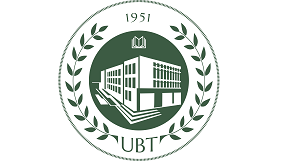SOKRAT JANI, and LIRI MIHO
Plant Genetic Resources Institute (PGRI), Agricultural University of Tirana (AUT), Albania.
Department of Agro-Environment and Ecology, Faculty of Agriculture and Environment, AUT, Albania.
*Correspondence author. E-mail: sokratjani@yahoo.com
Abstract
Tomato (Lycopersicon esculentum Miller) is cultivated in all home gardeners of the Albanian Alps area, mainly for domestic consumption. The growing presence of tourists in the area has increased the interest in the vegetable production. Because farmers are supplied with seedlings from areas far from their location, some cultivars without any scientific documentation are cultivated with poor yield and susceptible to various disease and frost damage. Farmers are looking for cultivars suitable for the area and seeking to produce local tomato varieties in order to attract consumers to retail farm operations. The existing tomato germplasm from Alps area was morpho-genetically characterized and agro-economically assessed during 2016 at experimental field of PGRI, AUT, to determine the variability among the cultivars. The purpose of the investigation was to document the germplasm for the future and to test production characteristics and their fresh market suitability in Alps area. The comparison was based on yield and growth characters, including plant height (153-198 cm), trusses per plant (4.2-8.6) flowers per truss (7.4 -13.4), flowers per plant (31- 95), fruits per truss (4.4- 8.8), number of fruits per plant (18.5-65.0), fruit size (30.8-65.0 mm), locules per fruit (2-4), and fruits weight (24.5 -137.0 g), found significant variability among cultivars. The investigation indicated that genetic diversity does exist among indigenous cultivars and the germplasm could be utilized for breeding new varieties suitable for the area and identified those that have the potential of fulfilling the specialty market niche.
Keywords: characterization, evaluation, yield and growth characters.

